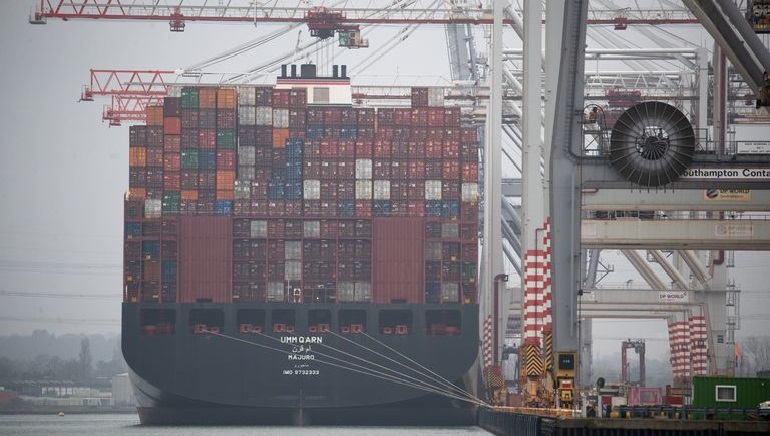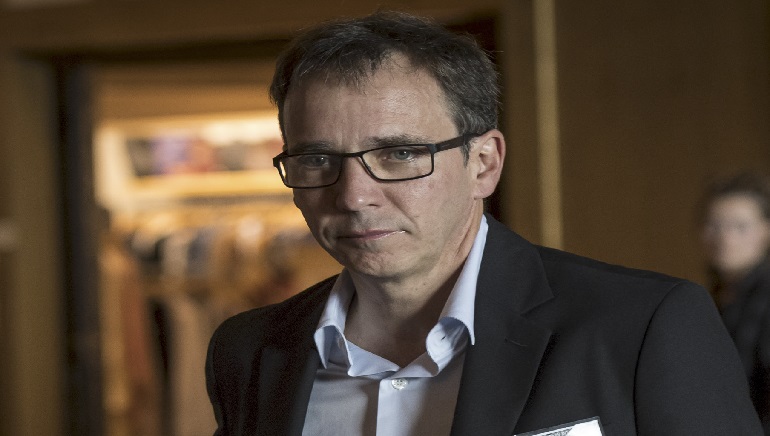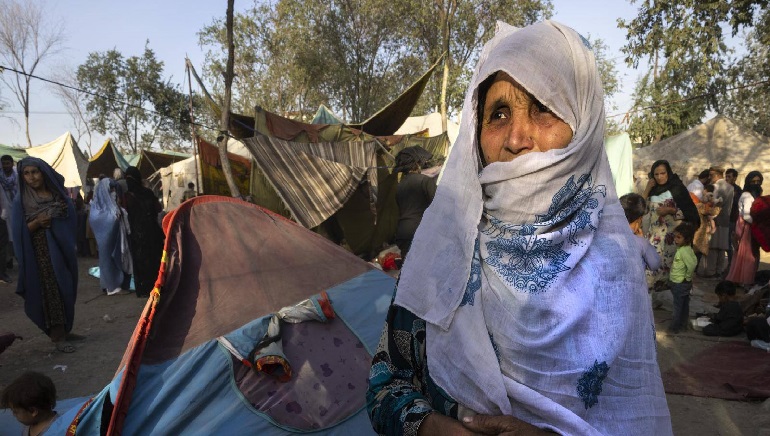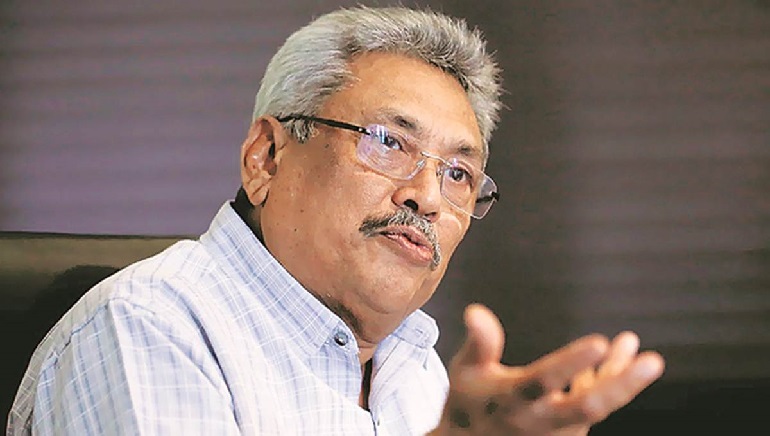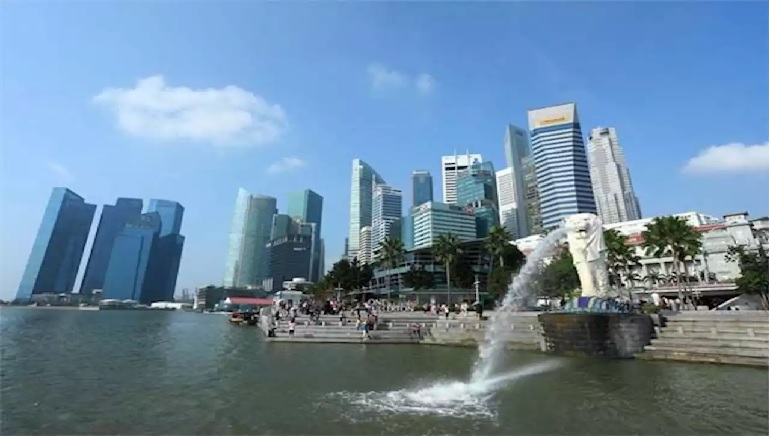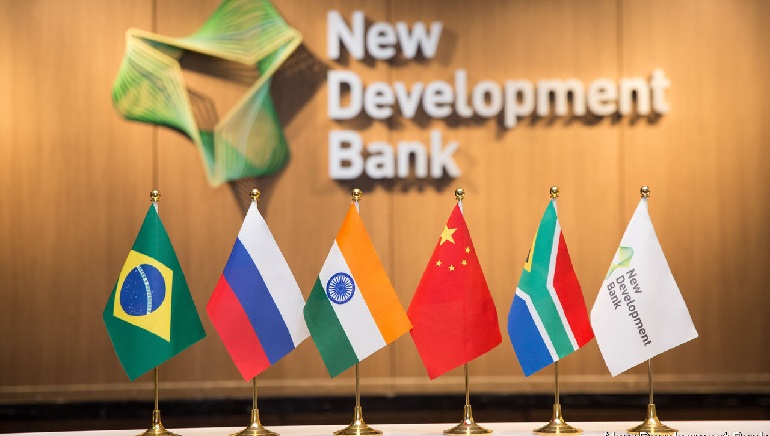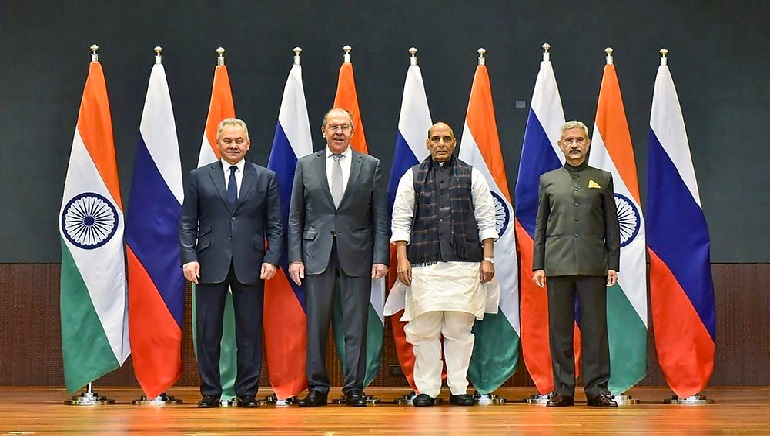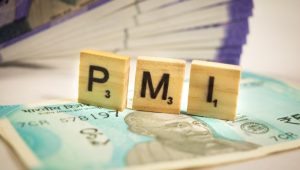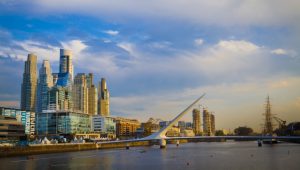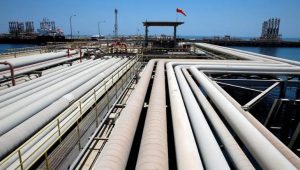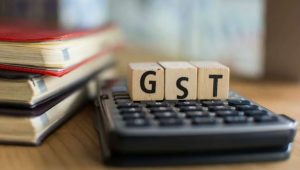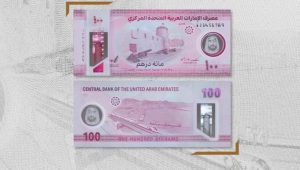The US economy is facing the greatest threat since the Great Depression, as inflation jumped at its fastest pace in nearly four decades last month. A 7% spike from one year earlier that’s increasing household expenses, eating into wage gains, and putting pressure on President Joe Biden and the Federal Reserve.
2021 saw a sharp rise in gas, cars, food, and furniture for rapid recovery from the pandemic recession. To help spur the demand for goods, the government provided vast infusion aid and ultra-low interest rates. The fast pace vaccination rate provided residents the confidence to dine out and travel.
On Wednesday, the Labor Department reported that a measure of inflation excluding volatile food and gas jumped 5.5% in December and is considered highest in decades. From November, overall inflation rose to 0.5% from 0.8% in the previous month.
Chief international economist at the financial services company ING, James Knightley said, “U.S. inflation pressures show no sign of easing. It hasn’t been this high since the days of Thatcher and Reagan. We could be close to the peak, but the risk is that inflation stays higher for longer”.






